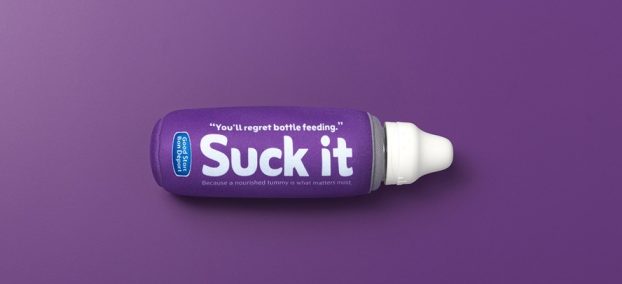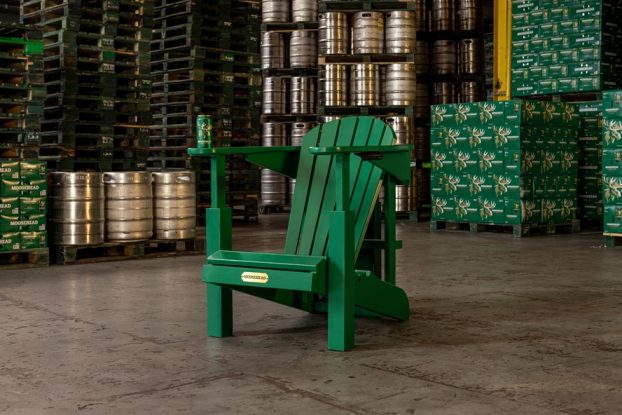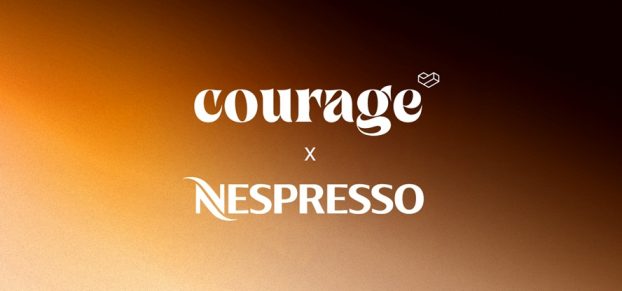Who would have thought that frozen fish could have so much impact?
The image of an icy fish fillet floating in the waters off Hampton Beach is one of several that Montreal-based agency LG2 has used in its successful outdoor campaign for Tourism New Brunswick.
This campaign, now three years old, has sought to draw vacationing Quebecers to New Brunswick by spotlighting one important but little known advantage that the province’s beaches have over their counterparts in nearby New England – namely, warmer ocean waters.
‘For years and years, Quebecers had the habit of going to New England [for summer holidays],’ explains Gilles Chouinard, vice-president, creative director for LG2. ‘We needed to change that buying habit.’
Research into the vacation habits of Quebecers revealed that their idea of the perfect holiday involves ocean action – sun and surf, says Susan Mesheau, manager of the marketing unit for New Brunswick’s Department of Economic Development and Tourism. That’s why beaches in New England fill up every summer with holiday-makers from Quebec.
The irony, says Mesheau, is that New Brunswick actually boasts much warmer waters thanks to a nice shallow Gulf stream (or so the prevailing theory goes).
Outdoor is the perfect medium for this campaign, Chouinard says, because the goal is to hit as many people as possible with a single message, over and over again. The billboards have appeared throughout Montreal, Quebec City, Trois-Rivieres and Sherbrooke. (The campaign has also included television and print executions.)
The simplicity of the message lends itself well to the out-of-home medium, adds Chouinard.
Each billboard is split into two halves. On the left appears an image representing the cold waters of New England (a frozen fish fillet floating in an icy-looking sea, over the caption ‘Hampton Beach,’ for example). On the right is an image representing the warmer waters of New Brunswick (a healthy-looking unfrozen fish swimming in the ocean near a sun-baked beach).
Three new executions have been introduced each year.
All indicators suggest that the strategy has worked.
Recall rates have been consistently high since the campaign began, says Mesheau’s colleague Rod Cunningham, project executive of tourism research. Post-campaign studies for this year (the billboards ran for a full month earlier in the spring) found that 22% of Quebecers recalled the New Brunswick campaign – up from 16% in 1998.
Not only are Quebecers noticing the ads – they seem to be getting the message as well.
The number of Quebec tourists visiting New Brunswick has grown at least 25% in the three years that the campaign has been running. In all, some 350,000 made the trek last year.
When it comes to Canadian vacation destinations, Cunningham says, New Brunswick now ranks second among residents of Quebec, after longstanding front-runner B.C.
A decade ago, by contrast, New Brunswick ranked fifth against Canada’s other provinces and territories.
While there’s no precise data available to indicate how new Brunswick is faring against New England, those additional Quebec tourists are obviously being lured away from somewhere else, Chouinard says.
The success of the campaign notwithstanding, he says, it may be time now to move beyond the warm seawater message.
One of this year’s ads offers some insight into another of the more promotable advantages that New Brunswick has over New England.
On the left, it depicts a two-dollar coin – with its polar bear imagery – floating in the waters off Cape Cod. On the right, a loonie floats in New Brunswick’s waters – a pointed reference to the unfavourable U.S. exchange rate.
Also in this report:
– Coming soon to a space near you: From elevators to parking garages to waste receptacles, the search goes on for new and intrusive out-of-home media vehicles p.18
– Dundas Square the ‘Stanley Cup’ of outdoor p.19
– Spotlight on Creative p.25























